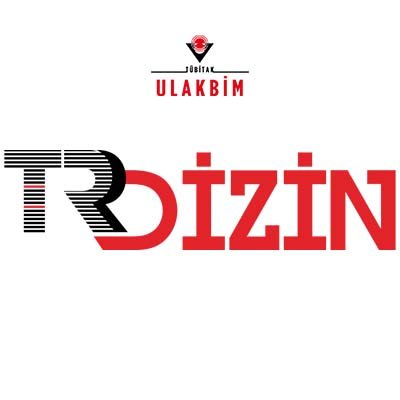Genetic factors are known to contribute to athletic performance. So far, more than 200 genetic variants have been associated with physical performance, and more than 20 have been associated with elite athlete status. One of these genetic factors, HIFlA, has emerged to have a general role in multiple physiological responses to hypoxia, such as erythropoiesis, glycolysis, and angiogenesis. In our study, it was aimed to examine the distribution of HIF1A (rs11549465) polymorphism in female volleyball players. Our study was conducted with the participation of 21 National Volleyball athletes. DNA isolation was performed from cells obtained from oral epithelial cells with sample collection swaps. Genotyping was performed by Real Time PCR method. As a result, percentages for HIF1A CC, CT genotypes in our cohort were 16 (76.2%), 5 (23.8%) respectively. TT genotypes were not detected. According to allele distribution, in our cohort, the C allele was 37 (88.1%) and the T allele was 5 (11.9%). SPSS program chi-square test was performed for statistical analysis. We think that this study will contribute to the literature by supporting more comprehensive studies in the future.
Cite this article as: Yuksel Gozler, İ., Can Kavas, N., Polat, T., Sercan Doğan, C., Gozler, T., Tacal Aslan, B., & Ulucan, K. (2021). Analysis of HIF1A (rs11549465) polymorphism distributions in female volleyball players. Research in Sports Science, 11(1), 14-18.


.jpg)


.png)


